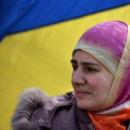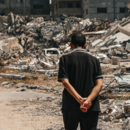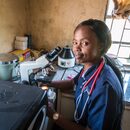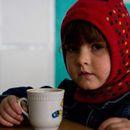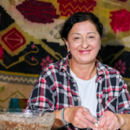Moldovan women are often the most disadvantaged people in society, they are victims of discrimination, they have limited access to information and they are often offered lower-paid jobs than their male counterparts. Women in Moldova are often caught in traps of gender stereotypes which come to define their social role and function.
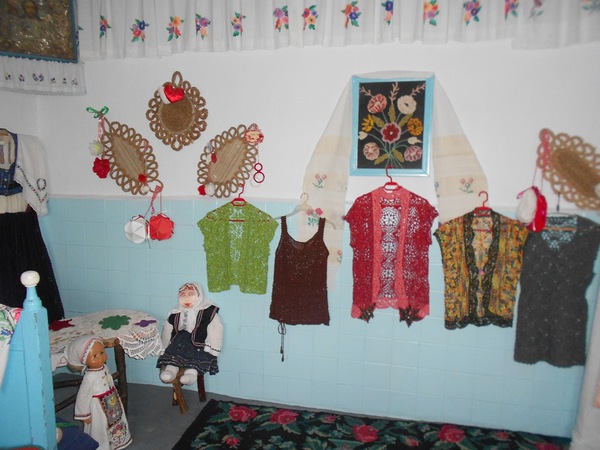 These factors suggest that cooperation with Moldovan women will be fraught with complications. However, while many think it may be difficult to actively involve them in events within their villages, their enthusiasm and success in implementing community activities in the past suggests that the opposite is true. Currently, there are fifteen community mini-projects that have been successfully launched. These are part of a larger scale project supported by Caritas Czech Republic and by the organization Success in the Moldavian Region, which operates in the south of the country.
These factors suggest that cooperation with Moldovan women will be fraught with complications. However, while many think it may be difficult to actively involve them in events within their villages, their enthusiasm and success in implementing community activities in the past suggests that the opposite is true. Currently, there are fifteen community mini-projects that have been successfully launched. These are part of a larger scale project supported by Caritas Czech Republic and by the organization Success in the Moldavian Region, which operates in the south of the country.
Selected women were initially trained in communication with the authorities, election literacy, critical thinking, leadership (management) and other related skills. An integral part of these workshops also accounted for subsequent discussions about how they could get involved in the life of their villages. Each of the participants was tasked with creating their own little project. The project team organizations, Caritas Czech Republic and Success, stood in the background and helped as consultants, logistics support and promotion. Various events were attended by young photographers and journalists.
There was a total of 15 projects and these were mostly focused on social issues, education and the promotion of cultural values. Some of the projects also sought to directly address the current problems faced by the community and open a debate on how such problems could be alleviated. Common themes featured in the projects were children, students and families.
One example of this is a project by Ms. Silvia Eni from Brinza village which focused on organizing a sewing workshop. This involved 14 women meeting and exchanging their sewing experience to help preserve the tradition of sewing Moldovan national products.
Another related project which also looked to promote cultural values and self-presentation was implemented by Mrs. Elena Leseanu. A successful local dance group "Mugurasii" lacked the costumes they needed to perform. Ms Elena approached others who had an interest in sewing costumes and the result? In only a short time, the local girls from the dance group appeared in their newly sewn costumes.
In the village of Brindza, a building formerly used as a storage tool shed for the maintenance of the garden nursery was recently restored. Maria Ghetu, currently the director of the kindergarten, implemented the project to develop the so-called ‘Casa Mare’, a guest room presenting traditional furniture and products and serving as an image of folk culture. The room is located in the house and is permanently held in readiness for the eventual arrival of guests.
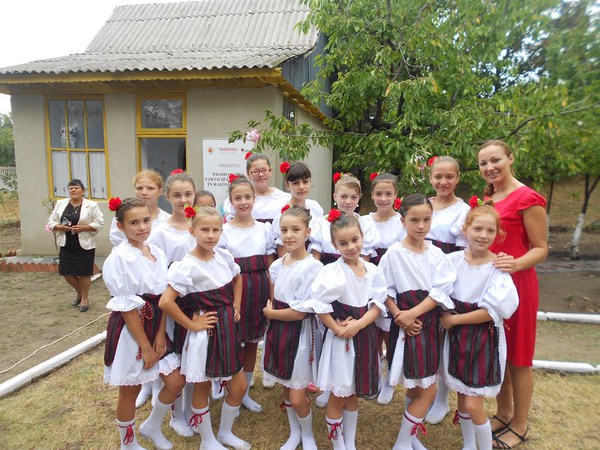 Mrs. Maria and other women from the village repaired and redecorated the building. They made concrete stairs, painted shutters and doors, and sourced objects of folk handicraft, folk art and other elements of popular culture. This preservation of local folk art will serve an informative and pedagogical function for students from local schools and kindergartens as well as for the general public.
Mrs. Maria and other women from the village repaired and redecorated the building. They made concrete stairs, painted shutters and doors, and sourced objects of folk handicraft, folk art and other elements of popular culture. This preservation of local folk art will serve an informative and pedagogical function for students from local schools and kindergartens as well as for the general public.
Another mini-project focused on making improvements to local neighborhood schools, the establishment of a methodological training center, the construction of a sports field with equipment and the opening of a community center for local residents.
We wish every success to the participants who were not afraid to participate in these projects and in the further development and improvement of life in their neighborhoods.


